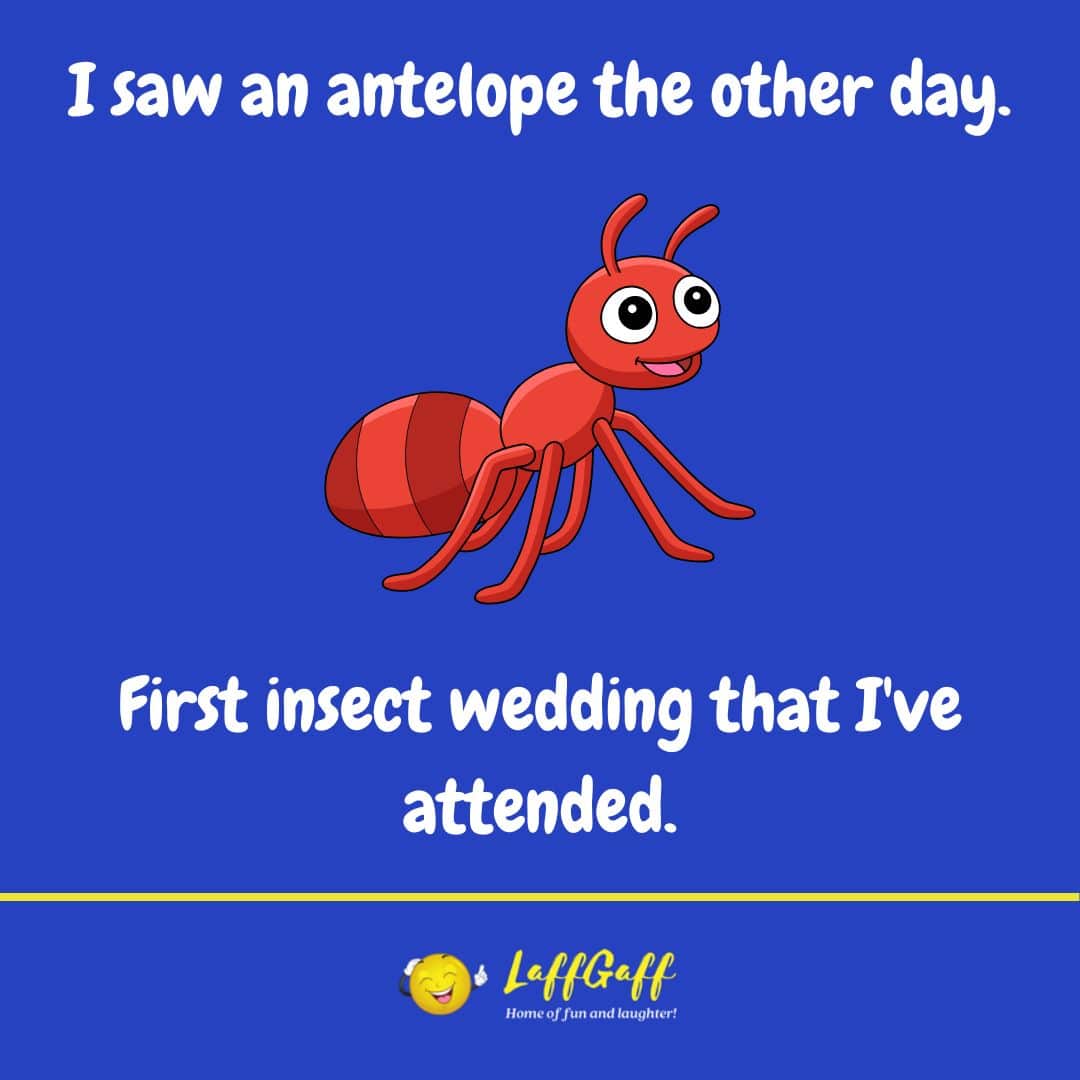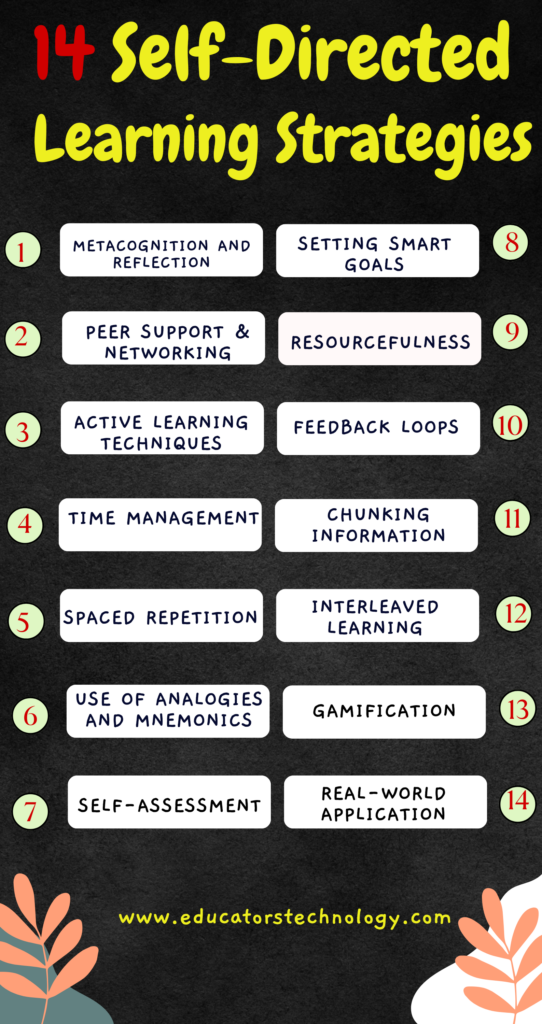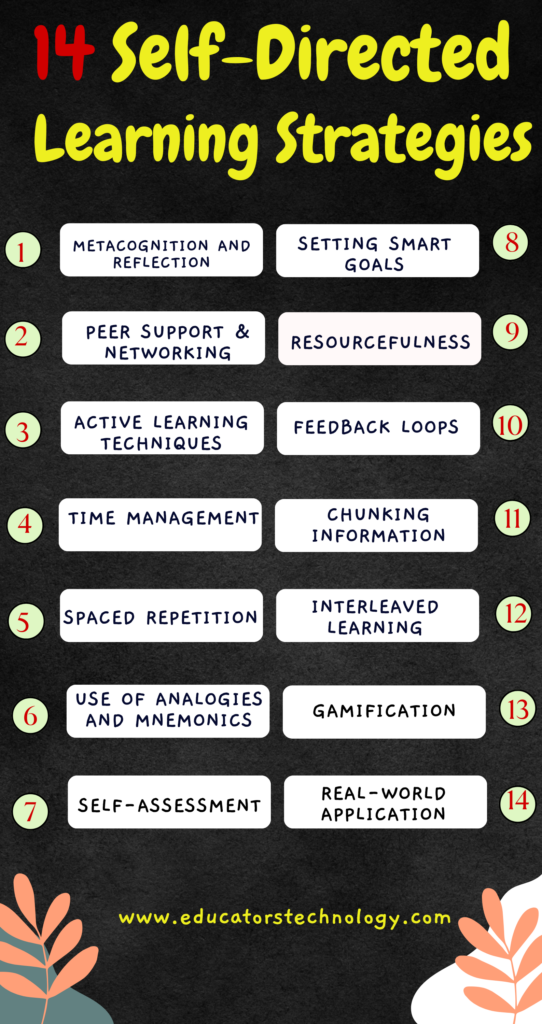Today, we’re exploring the concept of self-directed learning strategies. Now, we’re not just talking about Googling an answer to a quick question. We’re going deep into methodologies that empower students to take the reins of their own educational journey. Indeed, once you understand how to foster self-directed learning, it’s like unlocking a whole new world of educational potential.
If you’re intrigued by this topic—and let’s face it, who wouldn’t be?—don’t forget to also check out my other posts. You’ll definitely want to read “What is Self-Directed Learning?” for foundational insights and the “Self-Directed Learning Books” list to stock up your reading shelf with resources that are as enjoyable as they are informative.
Alright, let’s now get into the nitty-gritty of self-directed learning strategies that can transform how we teach and how our students learn.
Self-Directed Learning Strategies
Here are some important self-directed learning strategies:
1. Metacognition and Reflection
Metacognition is all about being aware of your own learning process. It’s not just learning, but understanding how you learn. This comes in handy when you’re troubleshooting your own roadblocks. It’s essential for self-directed learners to regularly assess their understanding and skills, think about their thinking (meta, right?), and adapt their learning strategies accordingly. A good read on this would be Flavell’s seminal works on metacognitive theories namely:
- Flavell, J. H. (1976). Metacognitive aspects of problem solving. In L. B. Resnick (Ed.), The nature of intelligence
- (pp.231-236). Hillsdale, NJ: Erlbaum
- Flavell, J. H. (1979). Metacognition and cognitive monitoring: A new area of cognitive-developmental inquiry.
- American Psychologist, 34, 906 – 911.
- Flavell, J.H. (1981). Cognitive monitoring. In W. P. Dickson (Ed.), Children’s oral communication skills (pp.35 – 60).
- New York: Academic Press.
- Flavell, J. H. (1987) Speculation about the nature and development of metacognition. In F. Weine
2. Setting SMART Goals
The old adage of “If you fail to plan, you plan to fail” rings especially true here. SMART goals (Specific, Measurable, Achievable, Relevant, and Time-based) can serve as a roadmap for self-directed learners. Howard Morris’ work emphasizes the “purposeful” nature of self-directed learning, and setting SMART goals aligns perfectly with that.
- Morris, T. H. (2019). Self-directed learning: A fundamental competence in a rapidly changing world. International Review of Education / Internationale Zeitschrift Für Erziehungswissenschaft / Revue Internationale de l’Education, 65(4), 633–653. http://www.jstor.org/stable/45201203
3. Resourcefulness and Information Literacy
Being resourceful means knowing where to look for information and how to vet it. In today’s digital age, the internet is a treasure trove of resources. However, not everything that glitters is gold. Knowing how to discern credible sources from less reliable ones is a crucial skill. Daniel Russell’s research on how to search like a Google scientist is eye-opening in this context.
I particulalry recommend his book The Joy of Search in which he delves into the art of becoming an effective online researcher, going beyond just “Googling it.” He outlines various methods and tools to refine search queries and maximize the resources available online, from using Google Earth and Google Scholar to the proper framing of queries with operators like double quotes and asterisks
4. Peer Support and Networking
Even though self-directed learning often happens in isolation, no one says it should be a lonely journey. Engaging with a community of like-minded people can offer new perspectives and insights. The collective intelligence can often speed up the learning process. Think about Twitter PLNs (Professional Learning Networks) or educational forums like this Educators Technology for tech-related stuff.
5. Active Learning Techniques
Applying what you’ve learned by doing, not just by reading or listening, can solidify your understanding. This could be anything from coding a small program to test a concept you just learned, to teaching the concept to someone else. This is very much in line with the “experiential learning theory” based on pragmatic philosophy (see Morris paper on self-directed learning for more detials).
6. Feedback Loops
Creating a mechanism for getting regular feedback can significantly improve your learning curve. This could be from your peer network, mentors, or even automated feedback from educational apps and platforms. The research by Angela Duckworth and Carol Dweck on grit and the growth mindset can offer insights into how effective feedback can promote a love for learning.
7. Time Management
Time flies, especially when you’re down a YouTube or Reddit rabbit hole. Effective time management techniques, such as the Pomodoro Technique, can keep you on track.
Absolutely, the rabbit hole of self-directed learning strategies goes even deeper! Given your interest in educational technology and lifelong learning, you’d probably agree that these advanced techniques are like the secret sauce that can transform a passive consumer of information into an active, empowered learner. So, here we go.
8. Chunking Information
Cognitive load theory, you can’t ignore it! By breaking down large, complicated topics into smaller, digestible bits, learners can better manage their cognitive resources. Sweller’s works on cognitive load theory perfectly align with this technique. This technique pairs really well with edtech tools that allow you to organize information into folders, tags, or sequences, like note-taking apps.
9. Spaced Repetition
Anyone familiar with SRS (Spaced Repetition Systems) like Anki? The idea is to review material at increasing intervals over time. This strategy comes from the psychological spacing effect and has been substantiated through various studies, like Ebbinghaus’s forgetting curve research. Personally, I find this technique effective when you’re trying to learn something that requires retention over a long period, like a language or scientific principles.
- Ebbinghaus H (1913/1885) Memory: A contribution to experimental psychology Ruger HA, Bussenius CE, translator. New York: Teachers College, Columbia University.
10. Interleaved Learning
Contrary to popular belief, it’s often better to mix different topics or subjects in order to improve learning. In other words, instead of fully mastering one topic before moving on to the next, you shuffle them. This is beneficial for retention and application. A study by Rohrer and Taylor in 2007 validated this strategy. I’ve found this to be incredibly useful when I’m juggling different research topics; it keeps my brain agile and helps me make cross-disciplinary connections.
11. Use of Analogies and Mnemonics
Making complex topics easier to understand through analogies can be super useful. This makes the new information relate to something already known, thus aiding retention. Mnemonics are another tool in the same vein. The use of both these techniques has been studied in the context of pedagogical practices, most notably by Richard E. Mayer in his work on multimedia learning.
12. Gamification
The use of game mechanics like points, badges, and leaderboards can make the learning process more engaging. Yu-kai Chou’s Octalysis framework is a great starting point for understanding the nuances of gamification in education. In my experience, gamification works wonders in edtech products, especially for younger learners or those who need that extra nudge to stay motivated.
13. Self-assessment and Quizzes
Regular self-assessment and quizzes can offer that “moment of truth,” helping learners identify where they stand. The immediate feedback provides valuable insights into what needs more focus. From the edtech lens, platforms like Quizlet or Socrative are excellent for this. They have data-backed evidence showing that periodic testing improves long-term retention.
14. Real-world Application
As the ultimate test of any learning, applying what you’ve acquired in a real-world setting is invaluable. It’s one thing to know the theory of a concept and another to actually put it into practice. This aligns with situated learning theory, as expounded by Jean Lave and Etienne Wenger.
Final thoughts
So there you have it, a rundown of some potent self-directed learning strategies that can truly be game-changers in the classroom or even for your own personal growth. By applying these techniques, we’re not just handing students a fish; we’re teaching them how to fish. We’re empowering them to approach learning as an exciting quest, one they’re in charge of. And hey, in an age where information is just a click away but wisdom still requires a deeper dive, these skills are invaluable.
Before you go off implementing these strategies, make sure to revisit my posts on “What is Self-Directed Learning?” for the foundational basics, and check out my curated “Self-Directed Learning Books” list. Because, as we all know, the best educators are always learning themselves.
The post 14 Effective Self-Directed Learning Strategies appeared first on Educators Technology.












